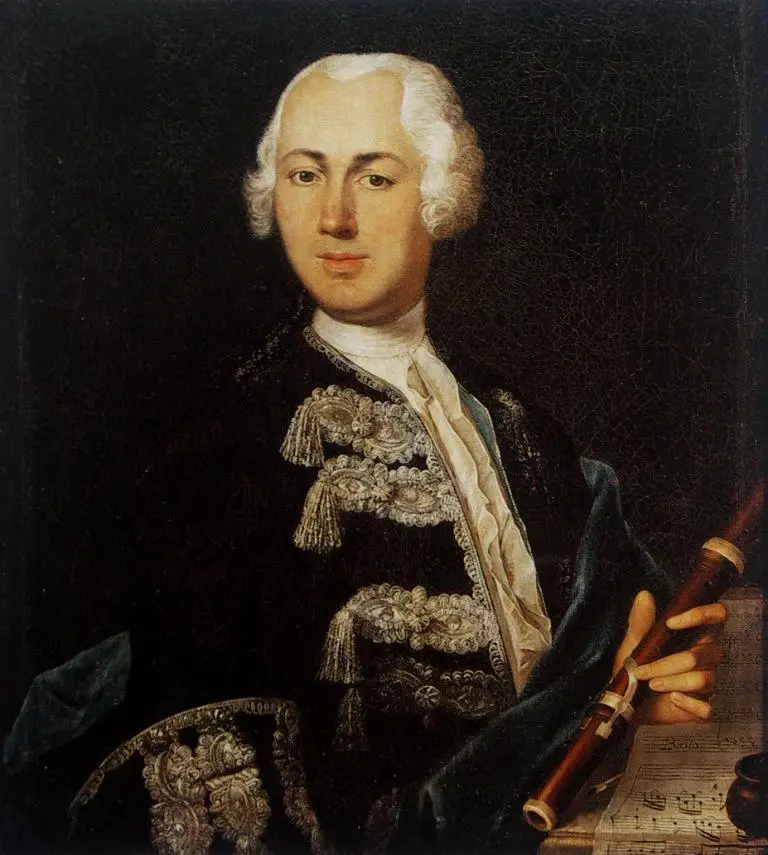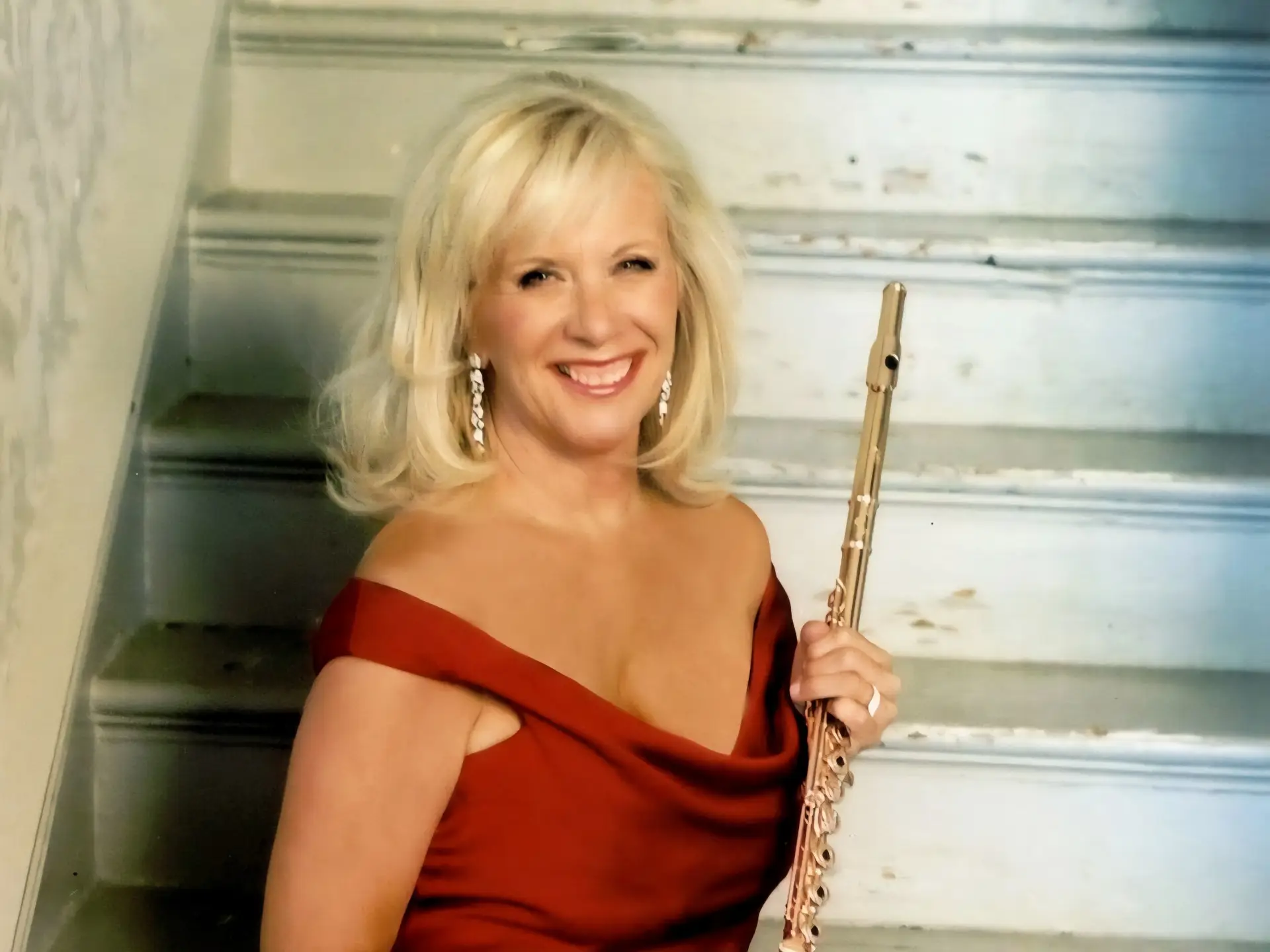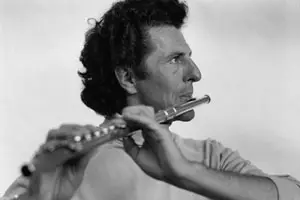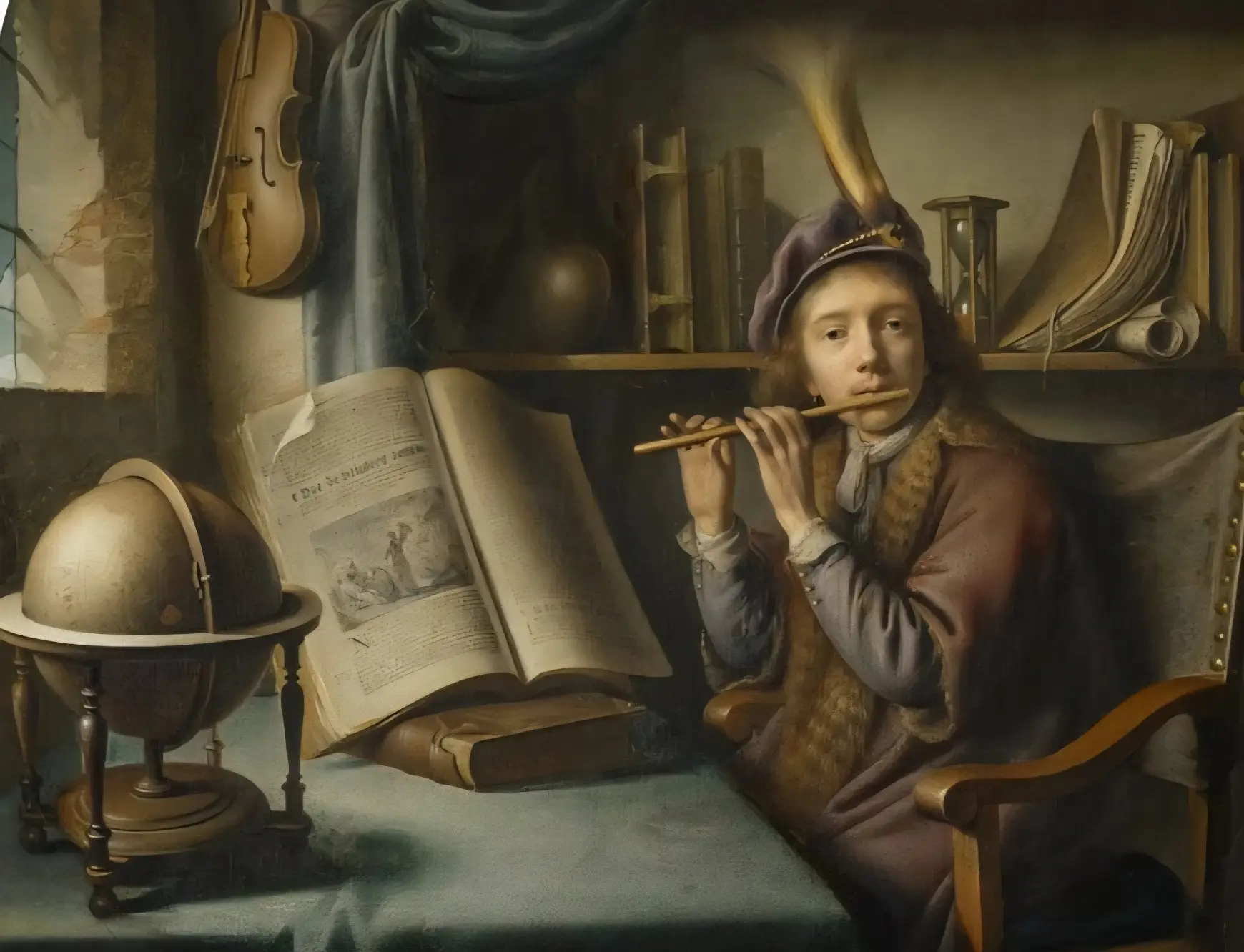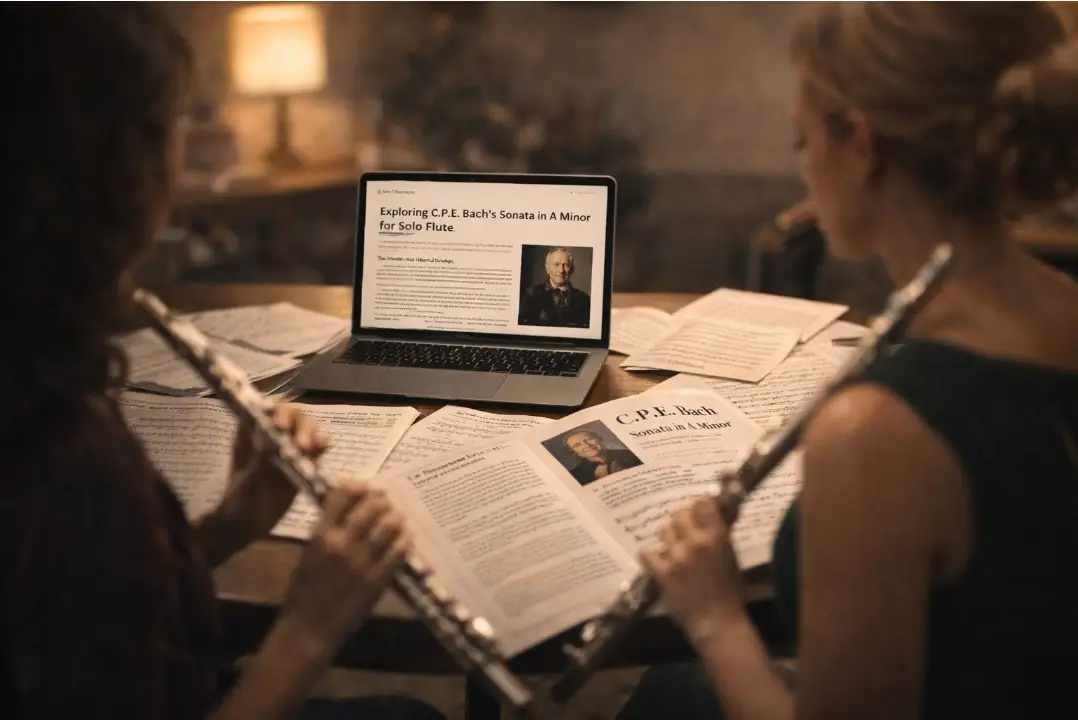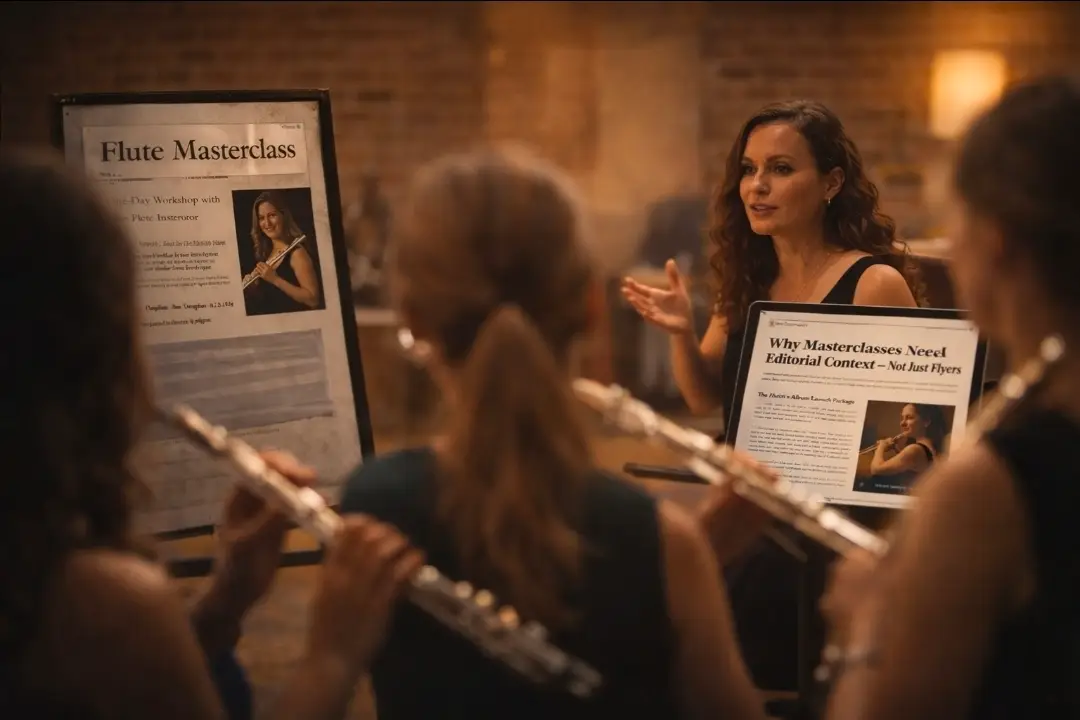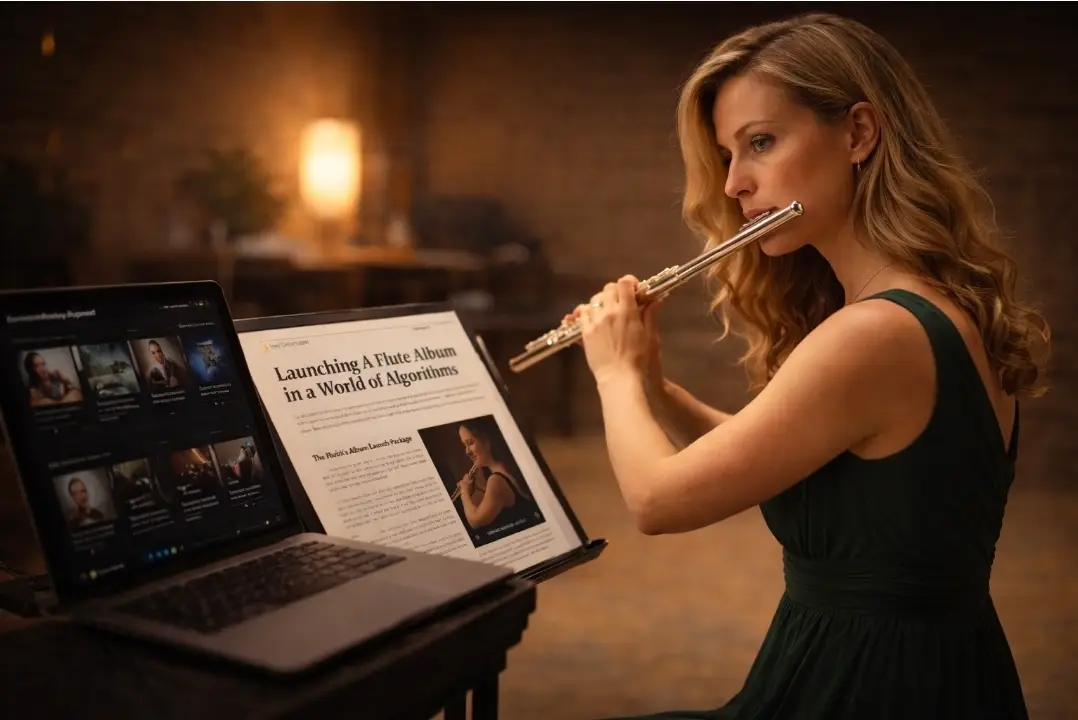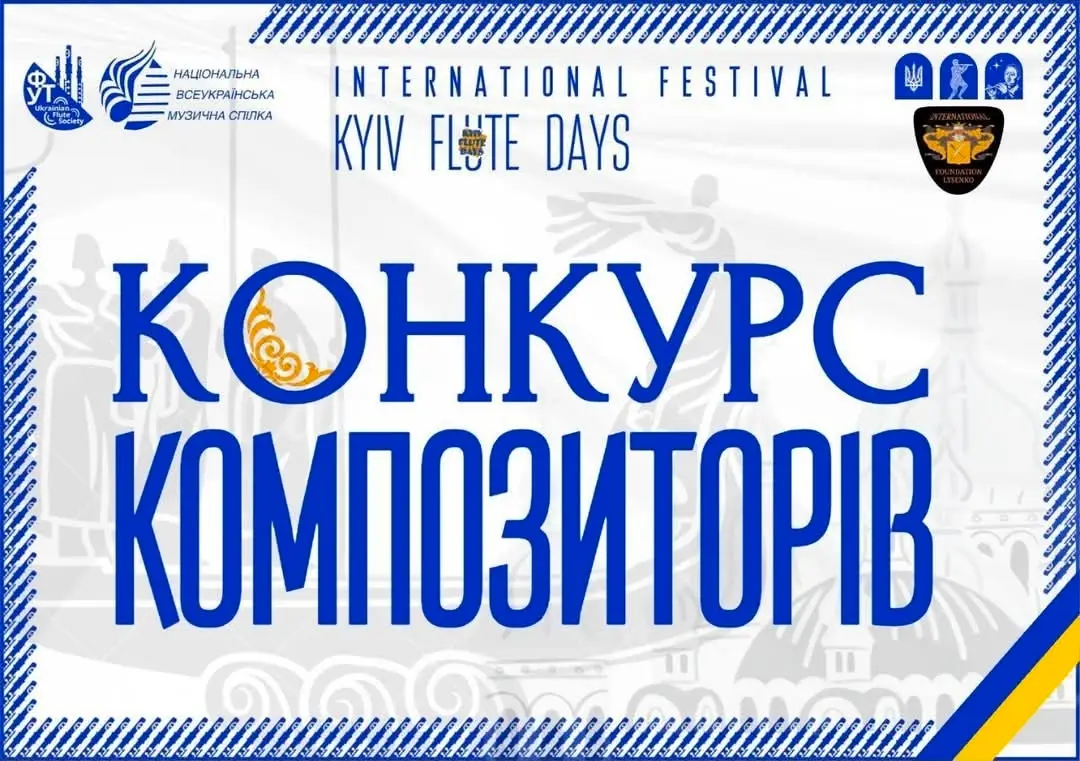Today, April 15, we celebrate the birth of one of humanity’s greatest minds – Leonardo da Vinci (1452–1519), a name that evokes wonder across centuries. Universally known as a master painter and brilliant inventor, Leonardo was also a passionate musician, a deep thinker, and a man driven by a boundless thirst for knowledge.
In 2022, I published an article, Important Lessons for Flutists from Leonardo da Vinci, where I reflected on his philosophies and how they resonate with musicians today. But Leonardo’s connection with music – and especially with the flute – runs far deeper than philosophy.
Today, I invite you to explore his remarkable relationship with music, the invention of an instrument centuries ahead of its time, and the musical codes he may have hidden in his art. We’ll also look more closely at his character – the heart of a genius who never stopped learning, imagining, or creating.
The Man Behind the Myth: Who Was Leonardo da Vinci?
Born in Vinci, Italy, Leonardo was an illegitimate child with no formal education beyond basic reading and math. Yet he would grow into a polymath whose name is synonymous with genius. He saw no boundaries between disciplines: art, anatomy, engineering, architecture, music, geology, philosophy, botany, and optics were all part of one interconnected web of knowledge.
Leonardo was endlessly curious, a meticulous observer of life, and someone who valued imagination as much as intellect. He once wrote:
“The knowledge of all things is possible.”
He kept thousands of pages of notes, often written in his mirror-scripted handwriting. These journals contain not only anatomical sketches and flying machines, but designs for musical instruments, poetic musings, philosophical observations, and speculative ideas that would not be fully understood for centuries.
Contemporary accounts described Leonardo as a “magic inventor and connoisseur of all subtleties and delights for the stage,” who played the lira da braccio “with the bow, and miraculously pleased all the princes through his whole life” (Giovio). He lived in Florence and Milan, where music was omnipresent – sacred, secular, civic, theatrical. Music was part of life in the court, the church, and in celebrations, and Leonardo was immersed in it.
He had a beautiful singing voice and often entertained his patrons and friends. He taught himself the lyre, frequently improvising songs, and designed a silver lyre in the shape of a horse for the Sforza family. Giorgio Vasari noted that it was likely Leonardo’s charm and musical talent that secured his place in Ludovico Sforza’s court.
Leonardo played the flute and the lyre and, according to Vasari, “sang divinely without any preparation.” Michelangelo, with some jealousy, reportedly referred to him as “that lyre-player from Milan.”
He lived in Milan for 25 years, and one of the greatest treasures documenting his intellect is the Codex Atlanticus: a 1,119-page compilation of his drawings, writings, and musical experiments. Displayed at the Biblioteca Ambrosiana in Milan, this Codex includes 22 remarkable pages that delve into Leonardo’s musical inventions and acoustic theories.
Though left unfinished or unpublished in his lifetime, Leonardo’s work has inspired generations, precisely because his imagination was not limited by what was “possible” in his time.
Leonardo and Music: The Invisible Art
To Leonardo, music was more than an art – it was a science of emotion. He called it:
“La figurazione delle cose invisibili” – the shaping of the invisible.
Leonardo believed music was second only to vision, but no less important in awakening the mind. He often painted to music, using sound to stir the senses and fuel creativity. He considered developing all five senses essential to expanding consciousness, and viewed art and science as indivisible.
Leonardo also theorized that music was inferior to painting because of its impermanence: “Music has two defects. The first is that it is mortal and the other being that it wastes away. Its mortality is always joined to the moment following its creation.” Yet, he still immersed himself in its practice and theory.
He made groundbreaking observations in acoustics. By throwing stones into water and sketching the resulting ripples, he applied the same wave theory to sound. He connected sound to fading light and reflections in mirrors, recognizing these as different forms of wave behavior. He also designed churches and theaters with sound transmission in mind – distinguishing between echo and useful resonance.
Leonardo even designed new instruments: unusual organs, hybrid string devices, and the stunningly advanced viola organista – a keyboard instrument using rotating wheels to bow strings (built centuries later by Sławomir Zubrzycki). He imagined how music could be transformed through physics and mechanics, never content with the instruments of his day.
His sliding flute designs closely resemble human vocal mechanics. The slit allowed the player to adjust pitch with subtle hand movements – as one would control pitch using the throat. He was fascinated by how movement and airflow could shape sound
The Fissure Flute: A Glimpse Into the Future

One of Leonardo’s most fascinating musical inventions is found in his Codex Atlanticus, Folio 1106r: two flutes with continuous slits in place of tone holes. Unlike traditional flutes, these could produce smooth, uninterrupted transitions between pitches, like the human voice – a revolutionary concept for the time.
He wrote (in mirror writing):
“These flutes produce sound not at intervals but in the manner of the human voice… the sound is caused by raising and lowering the hand, especially on Pipe A.”
In 2019, Italian recorder maker Giacomo Andreola recreated these designs, bringing the idea to life. The resulting fissure flutes can glide between notes with extraordinary expressiveness – something contemporary flutists know from glissando headjoints pioneered by Robert Dick.
It’s hard not to marvel: in the 15th century, Leonardo imagined what many modern composers only began exploring in the 20th and 21st centuries.
A Musical Code Hidden in Paint
Leonardo’s integration of art and music may also extend to his paintings. In 2007, Italian musician Giovanni Maria Pala proposed that The Last Supper contains a hidden musical composition. He noticed that the hands of Jesus and the apostles, along with loaves of bread, could be mapped onto a musical staff.
Reading it from right to left – as Leonardo would have written – it produced a short hymn, eerily similar to a Requiem.
This idea remains controversial, but the hypothesis captures something deeply true about Leonardo: he saw the world as a symphony of interconnected elements. Whether or not the code was intentional, it reveals how seamlessly he wove together music, mathematics, and meaning.
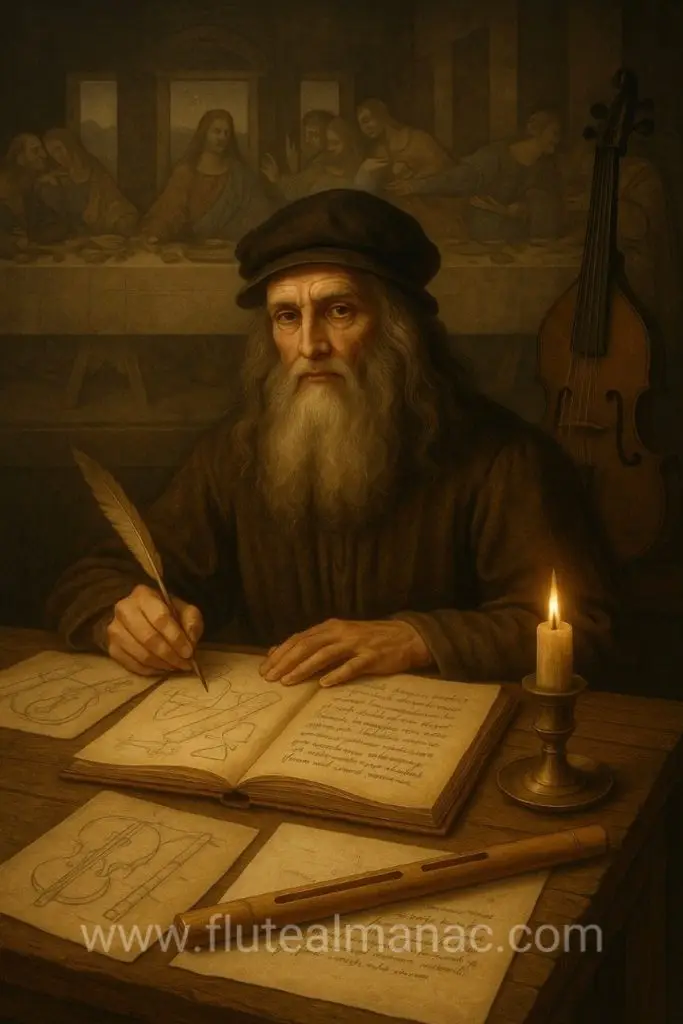
Lessons from Leonardo for the Modern Flutist
1. Curiosity as a Creative Force
Leonardo never stopped asking questions. His sketchbooks are filled with “why” and “how” inquiries. As flutists, curiosity fuels discovery – of new repertoire, forgotten composers, novel techniques, and cross-disciplinary inspiration.
2. Innovate Without Fear
The fissure flute proves Leonardo wasn’t afraid to experiment. Be open to new technologies, new interpretations, and new ways of thinking about your instrument. Innovation is part of our musical DNA.
3. Connect the Dots
Leonardo’s genius lay in seeing connections between fields. Flutists can benefit from understanding acoustics, anatomy, language, and even visual arts to deepen their craft.
4. Master the Basics, Transcend the Rules
Though endlessly experimental, Leonardo deeply understood classical proportions and geometry. As flutists, we must first master technique, rhythm, and tone – and then use them as launching pads to artistic expression.
5. Emotion Over Display
Leonardo’s belief in the emotional power of music reminds us that technique should never eclipse expression. Music is not sport – it’s story.
6. Value Patience
The Mona Lisa took years to create. Slow practice, careful study, and detailed listening develop not just skill, but artistry.
7. Serve with Your Gifts
Leonardo often wrote that the purpose of life is to be useful. As flutists, we serve our students, audiences, and each other by sharing our music, encouragement, and mentorship.
8. Seek Universality
Leonardo did not limit himself to one pursuit. Likewise, flutists can explore jazz, historical performance, world music, and composition. The broader your palette, the richer your voice.
9. Surpass Your Masters
“He is a poor disciple who does not surpass his master.”
Let your influences inspire you, not define you. Strive to find your own sound, your own story.
10. Everything is Connected
This was Leonardo’s core belief. Let your life inform your music. Let music enrich your life. Stay open to all of it – and you will become not just a better flutist, but a fuller human being.
A Legacy Still Unfolding
Leonardo da Vinci left no surviving musical scores. But his notebooks, instruments, and philosophy still echo in every musician who dares to explore and innovate.
In recent years, more of his sketches have been digitized and analyzed, and there’s ongoing interest in uncovering further evidence of his musical thinking. The fissure flute is no longer just a drawing – it’s a reality. And perhaps, one day, we’ll find more notes that bring Leonardo’s “invisible music” to life.
On this special day – Leonardo’s birthday – let us remember:
“Time stays long enough for anyone who will use it.”
May we all use our time to learn, create, and serve – just as he did.
Happy Birthday, Maestro Leonardo!




